
Aazol's contribution to IYOM
Ragi is naturally grown here in small-holding farms in a small village in Raigad district. Here, we tasted the rustic traditional ragi ladoo, and we knew we had to bring it to your table. Ragi is known to be the original superfood of India. It is said that it came to our shores from East Africa around 1800 BC.
The plant grows like fingers on a hand; hence, it is called finger millet. Ragi is not polished like other grains due to the grains' tiny size. Therefore whenever it is eaten, it is in its purest form. Ragi contains the amino acid methionine, which is not found in people who live on starchy staples such as cassava, plantain, polished rice, or maize meal.
In Maharashtra, ragi is made into flour. To increase the nutritional value, the grains are sprouted and then ground to get us Nachni Satva, which is easier to digest and feed babies. Other ways ragi can be consumed are bhakri, puri, cake, pudding, porridge, dosa, pancakes, ladoos, kheer, etc.
Ragi ladoo is a fantastic option, too. Our SHG makes it with green gram dal to increase its protein content. Jaggery, desi ghee, and dry ginger powder helps boost its overall nutrient content.

Some millet-related facts -
- India's share accounts for 41% of the total world’s millet production. India recorded a 27% growth in millet production in 2021-22 compared to the previous year, which was 15.92 MMT.
- India's top five millet-producing states are Rajasthan, Maharashtra, Karnataka, Gujarat and Madhya Pradesh. The share of export of millet is nearly 1% of the total millet production.
- It is estimated that the millets market is set to grow from its current market value of more than USD 9 billion to over USD 12 billion by 2025.
When you have strong roots, your flight is higher and stronger. Nothing can resonate better than the ongoing 2023 Year of the Millets programme as declared by the UNGA (United Nations General Assembly) at the behest of India. Millets can be considered one of the first crops domesticated in India, as we have evidence of their presence during the Indus Valley civilisation. Being a Kharif crop, millets require less water and other agricultural inputs. They have the potential to improve the livelihood of farmers and provide food & nutritional security worldwide. At present, 130 countries grow millet as a traditional food, especially in Asia and Africa, for almost half a billion people.
Recognising the potential of millet, the government aims to make the ongoing International Year of Millet a 'People's Movement and make India a Global Hub for Millets.

Health Benefits of Ragi Ladoo
Having discussed the origins and usage of ragi, you must be curious about the benefits too. Below mentioned are some of the benefits of ragi ladoo.
Suitable for Lactating Mothers
Ragi helps increase hemoglobin levels due to its iron levels, increasing mothers' milk for lactating mothers.
Ragi ladoo High in Protein
A vital protein content found in ragi called Eleusinian has a lot of biological value. This component aids in preventing malnutrition and is considered an excellent source of vegetarian protein.
High in Calcium
Ragi is known to be one of the best sources of non-dairy calcium. Every 100 gms of ragi contains 344 mg of calcium. Therefore a growing child must have ragi in their day-to-day diet.
Ragi ladoo Good for Digestion
Ragi is a storehouse of dietary fibre that aids the guts to digest food smoothly. It helps in the smooth movement of food through the digestive system and aids in waste excretion.
Aids in weight loss
Ragi has high dietary fibre, which keeps you full for a longer time and prevents unwanted cravings. This, in turn, aids in your weight loss journey.
Good for Skin
Ragi gives you youthful skin. It has amino acids like Methionine and Lysine that provide elasticity for skin tissues, which helps in fighting wrinkles and sagging. Ragi is also a natural source of Vitamin D that helps carry calcium to the bones and gives you vitality.
Ragi ladoo Suitable for Hair
Ragi fights premature greying. The antioxidants and magnesium in ragi help reduce grey hair and control hair loss. It also increases blood circulation, which promotes hair growth.
Natural Relaxant
Ragi has a natural relaxing effect on conditions like anxiety, depression and insomnia. It has antioxidants like tryptophan and amino acids, known as natural relaxants. Ragi can help you deal with migraine too.
Suitable for Diabetics
The external coating of ragi is abundant in polyphenols and dietary fibre, which helps regulate blood sugar levels. The low glycemic index of the grain helps in regularising sweet food cravings.
Types of millets
Here is a list of other millets for you to check -

Passing Thoughts
In the 1960 - 1970s, during the Green Revolution, the focus shifted from indigenous grains to wheat when the Indian government emphasised the hybrid, high-yield variety of wheat and rice to increase food production for local consumption. Slowly millet lost its sheen, and the cultivation was limited to various tribal communities’ consumption. Urban India gradually forgot about this nutritionally dense cereal which was part of our grandparents' daily diet.
In the international Year of Millets we hope to see many initiatives that educate not only the consumer about the nutritional benefits of the crop, but also give support to farmers about how to grow it more productively and export it beyond the nation's borders. Aazol's Ragi Ladoo is our contribution to this People's Movement.
Author: Jinal Aidasani
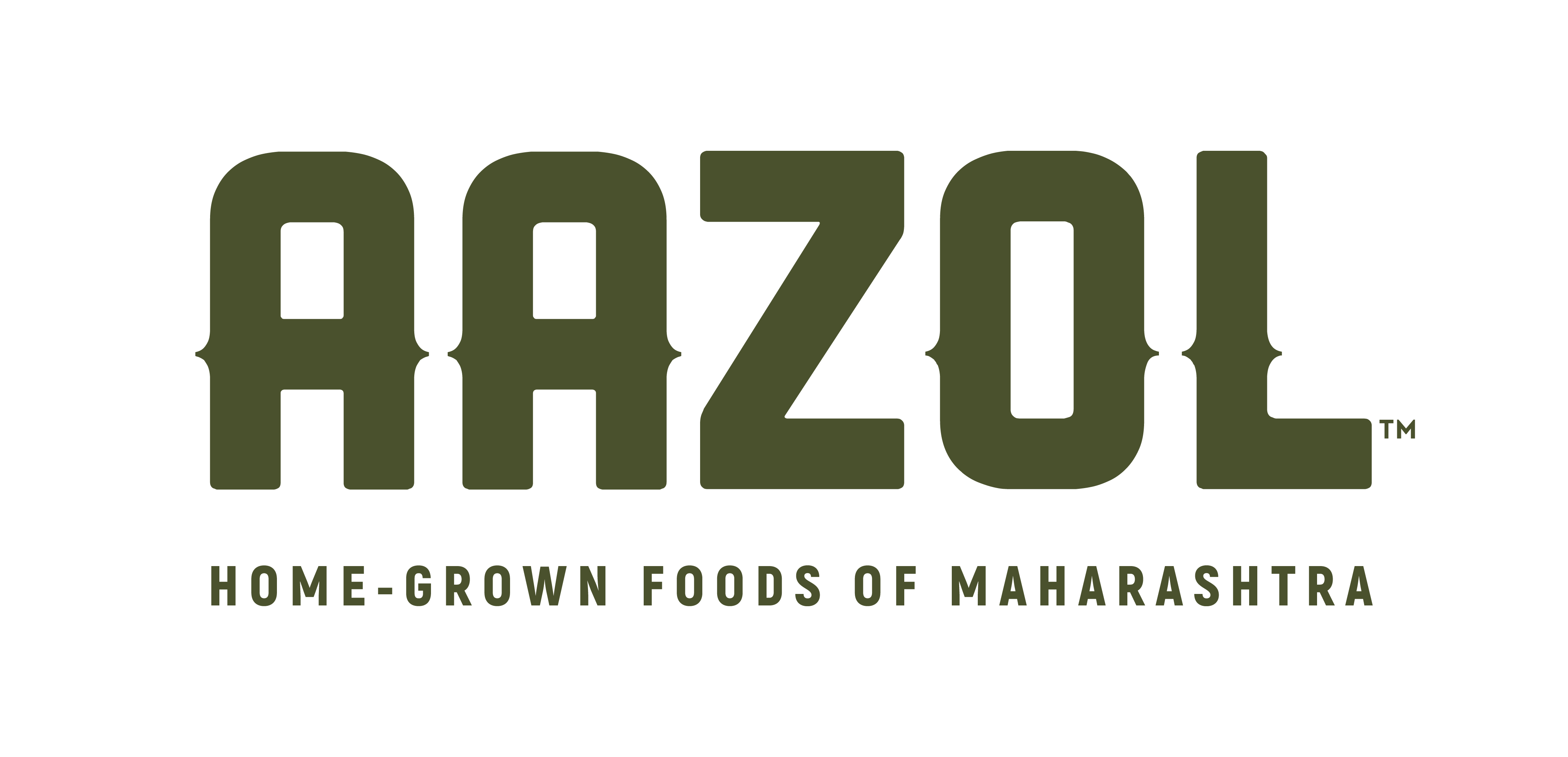

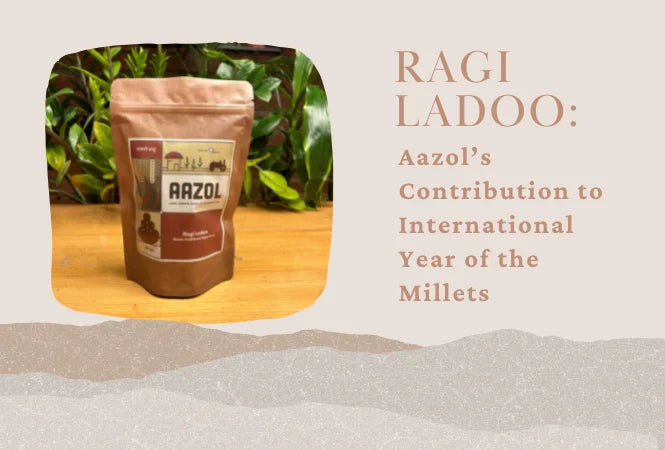
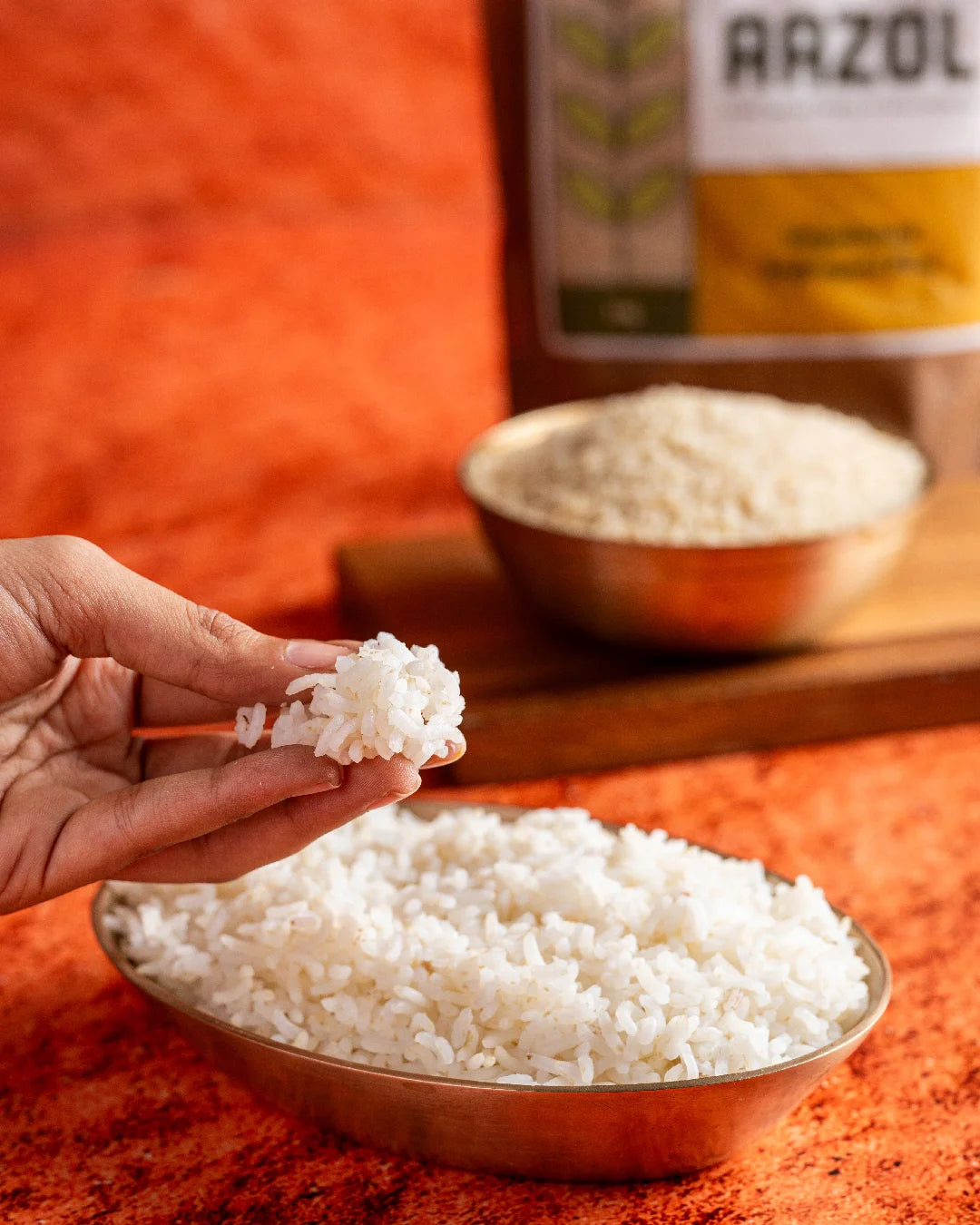
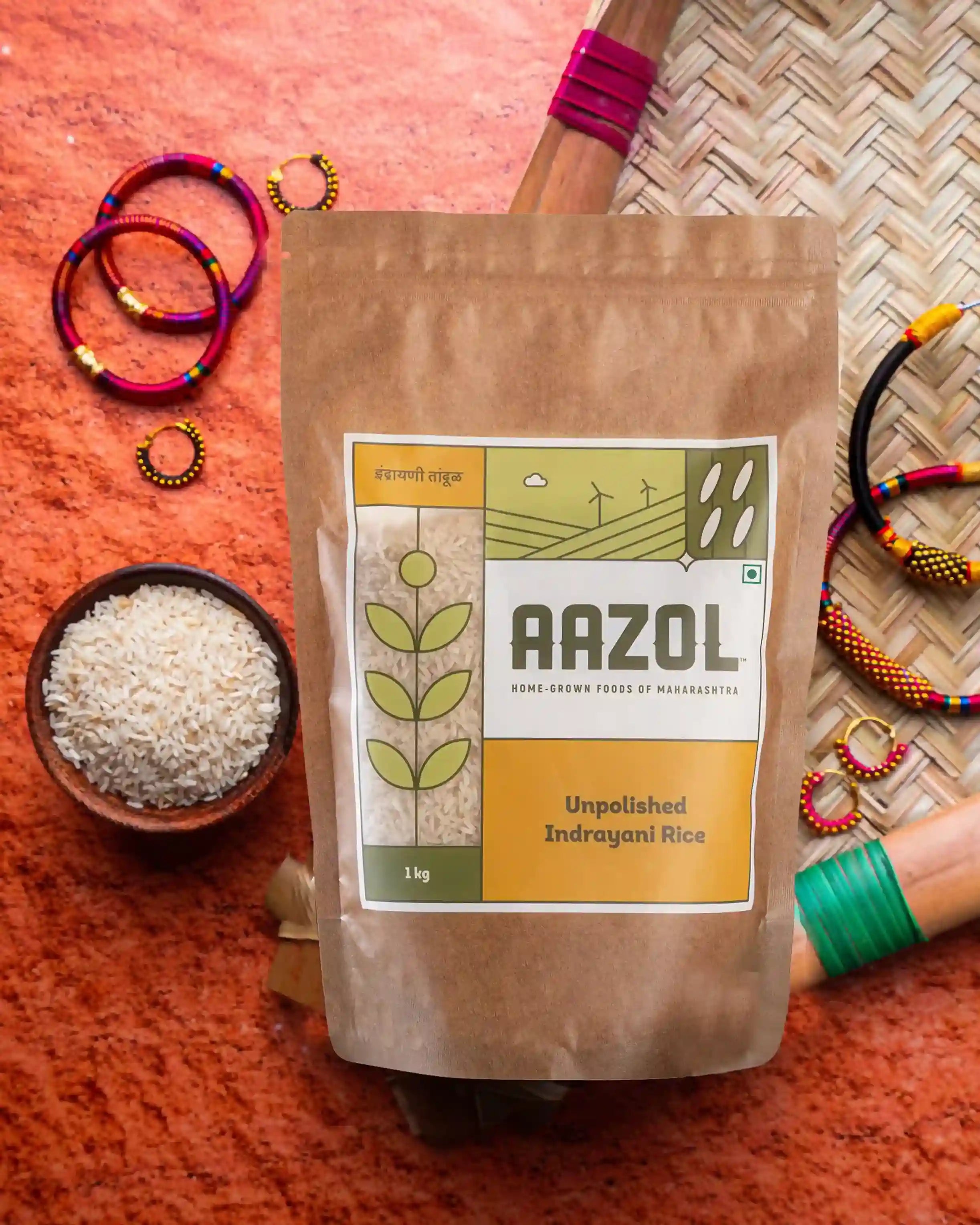
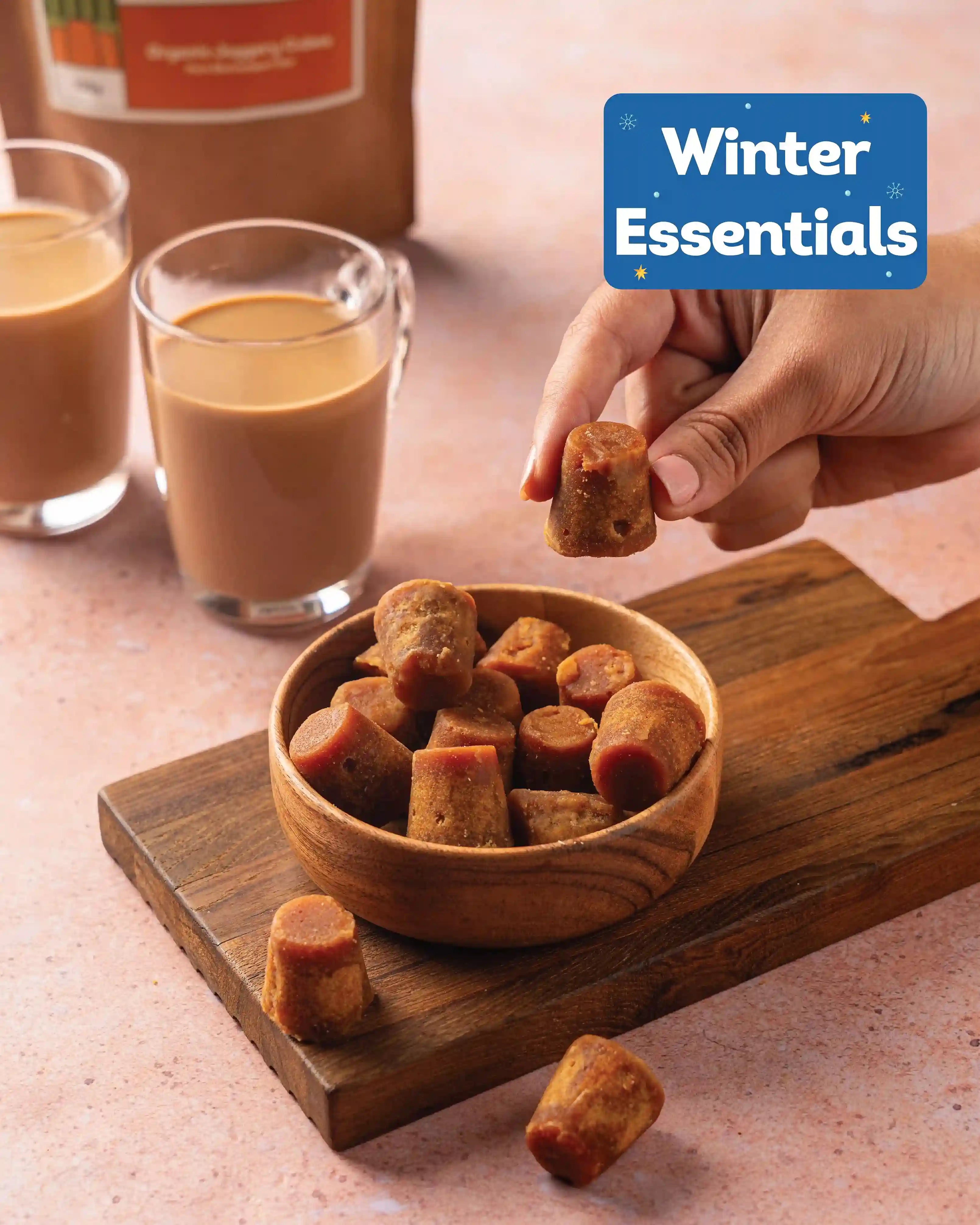
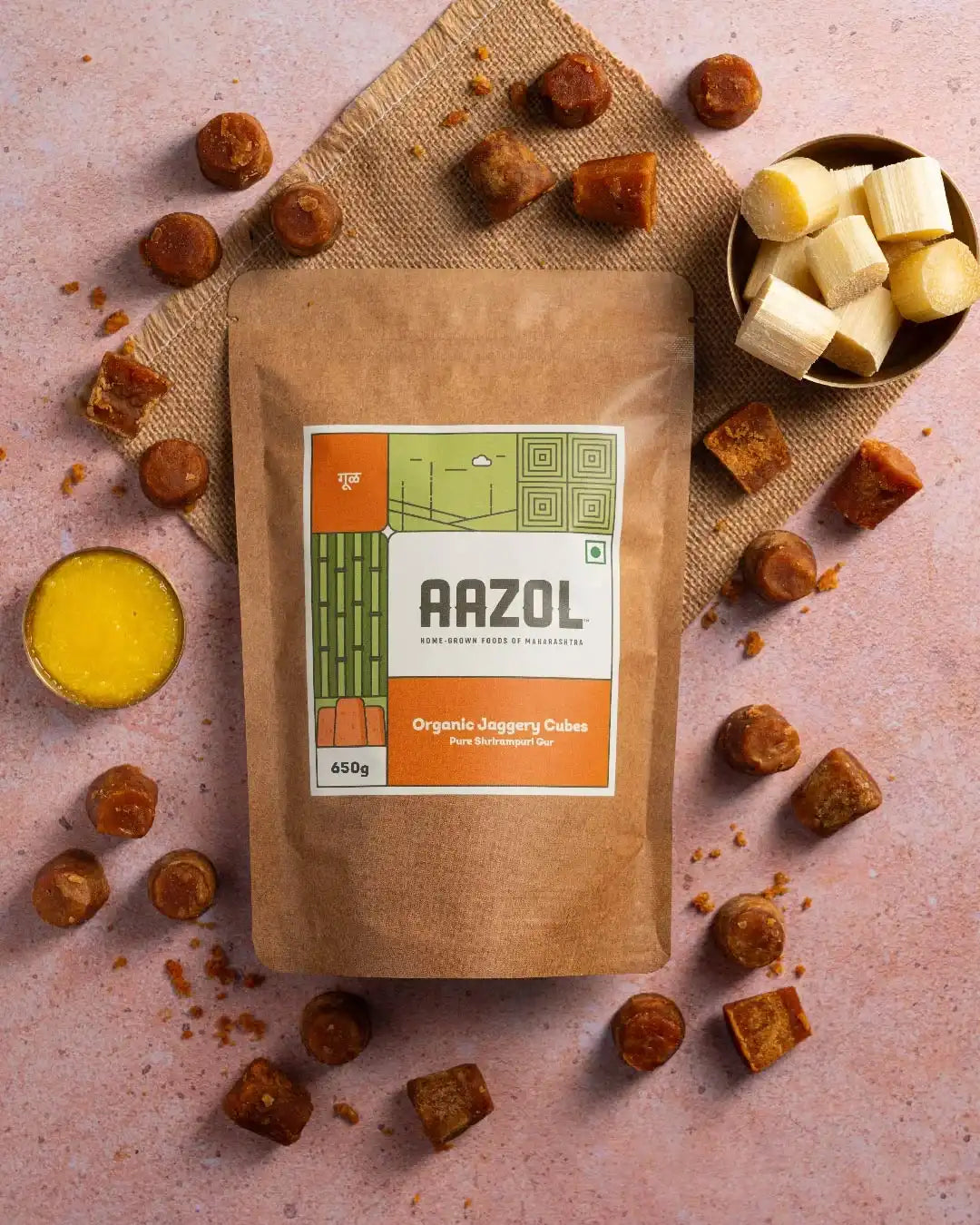
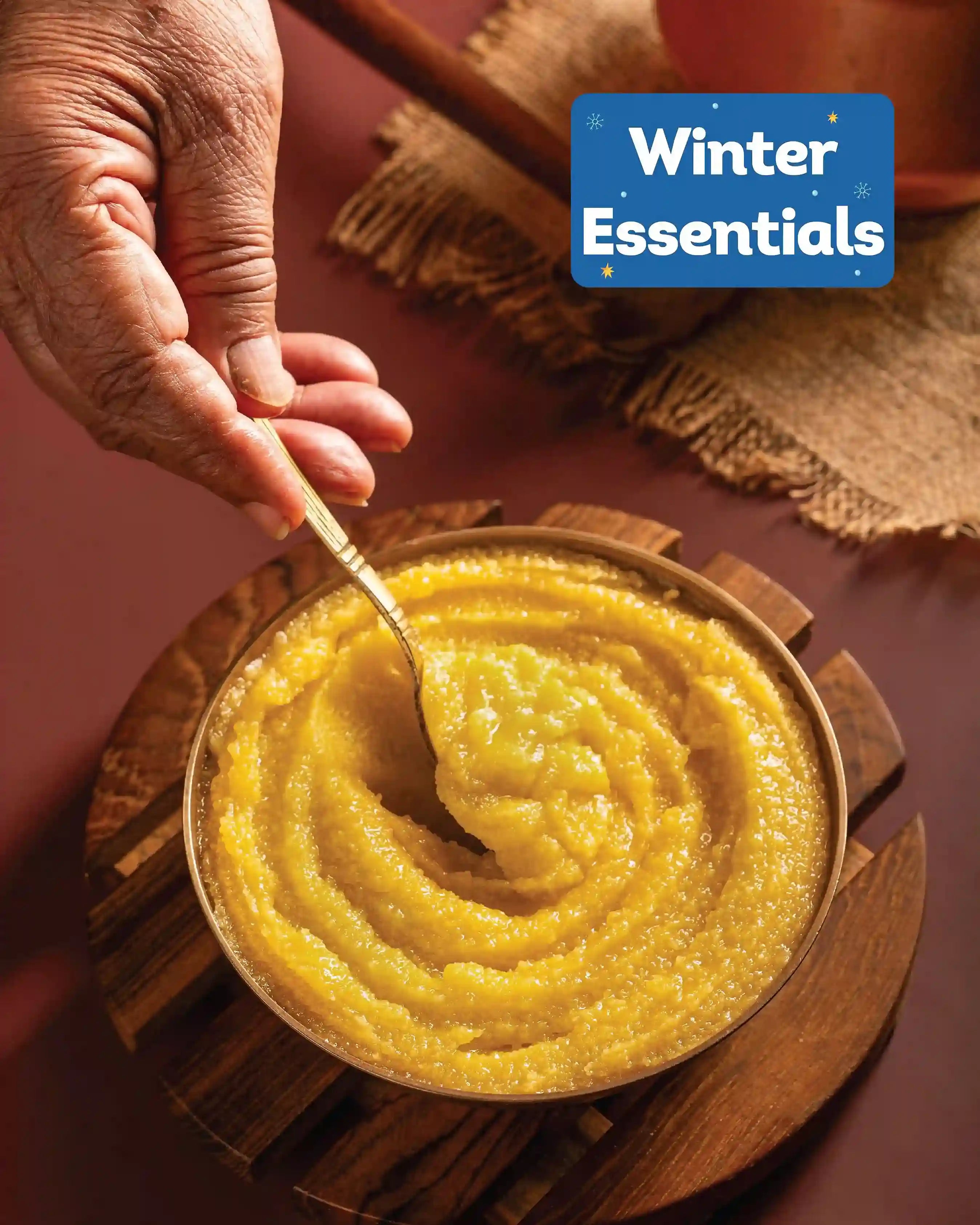
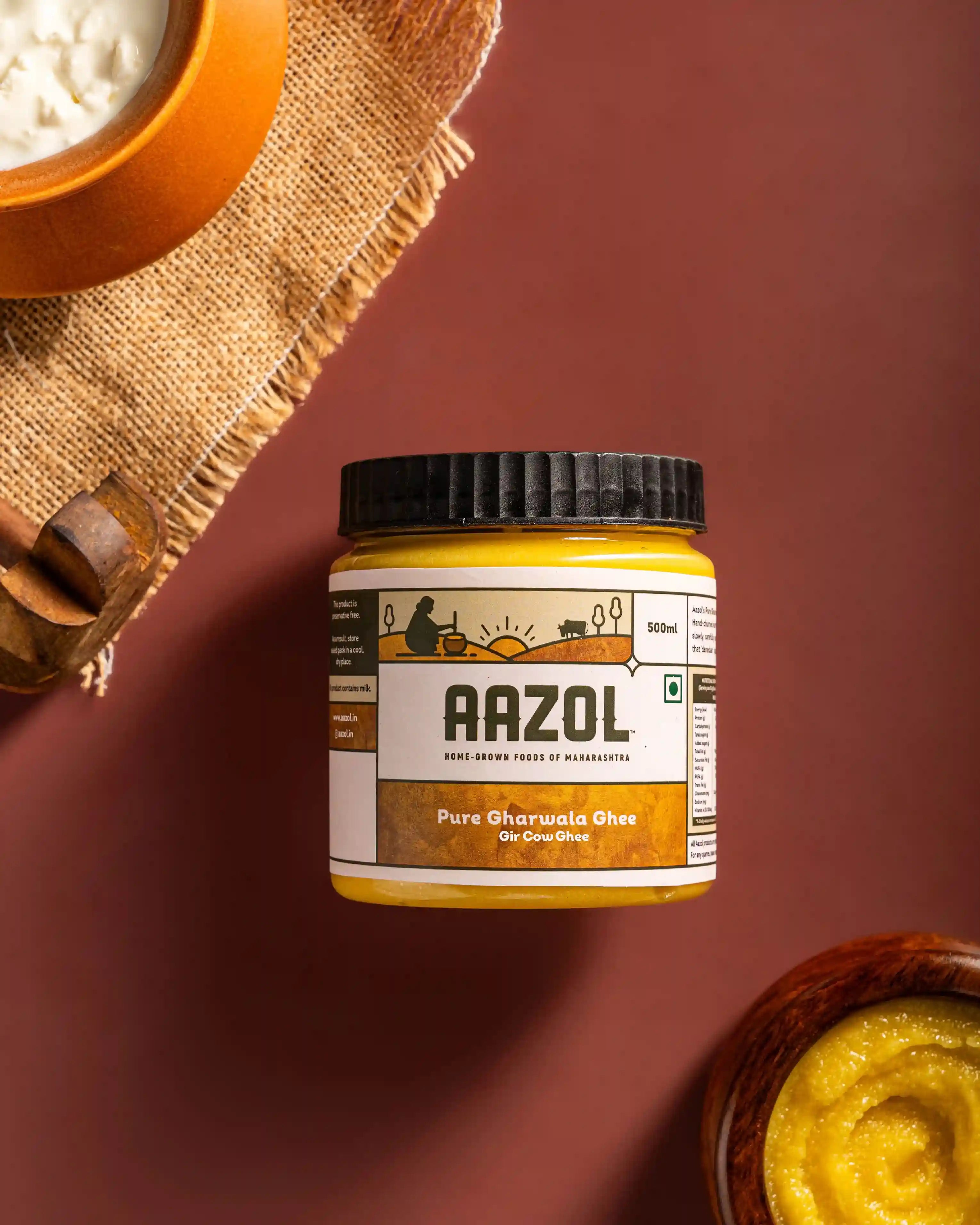
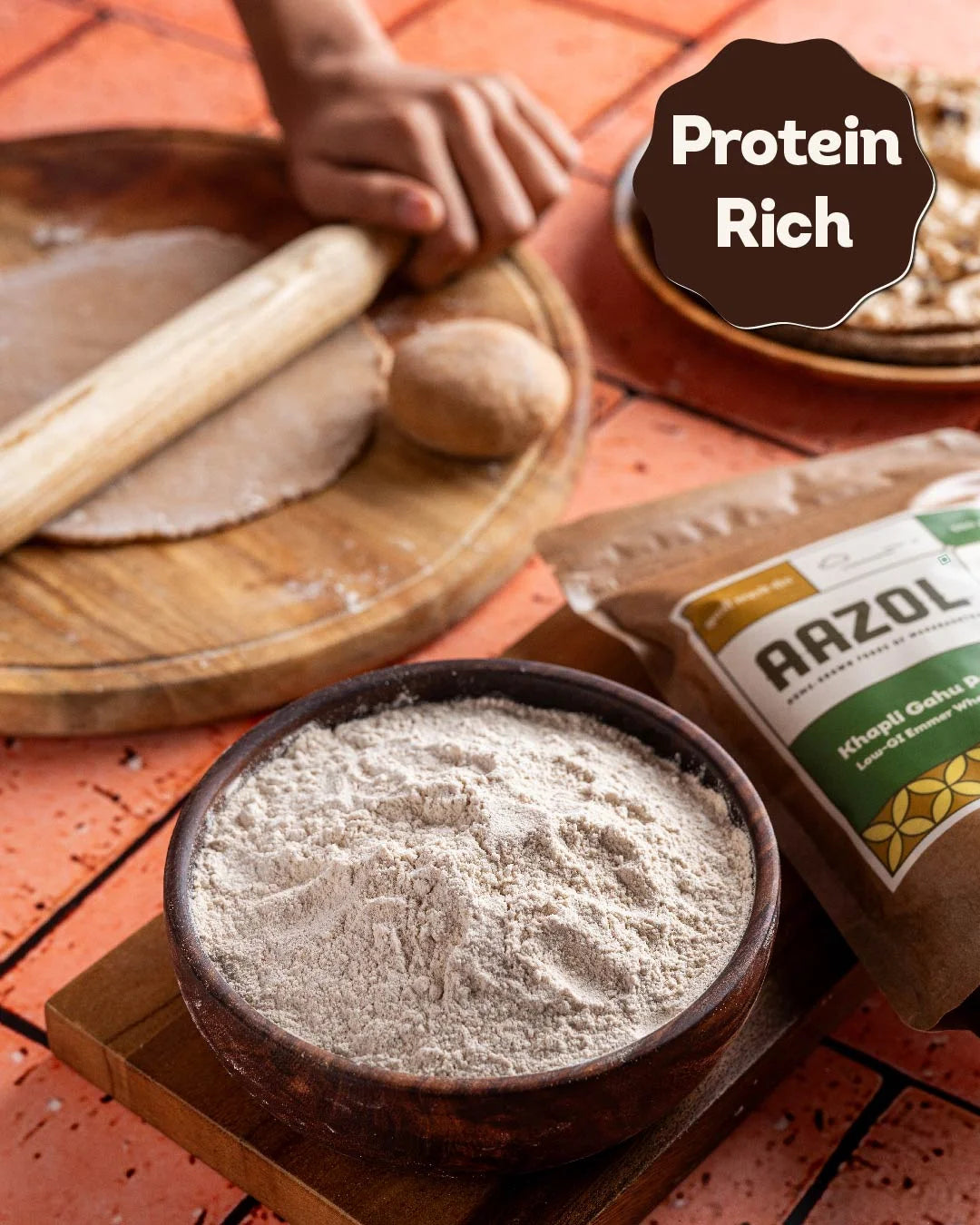
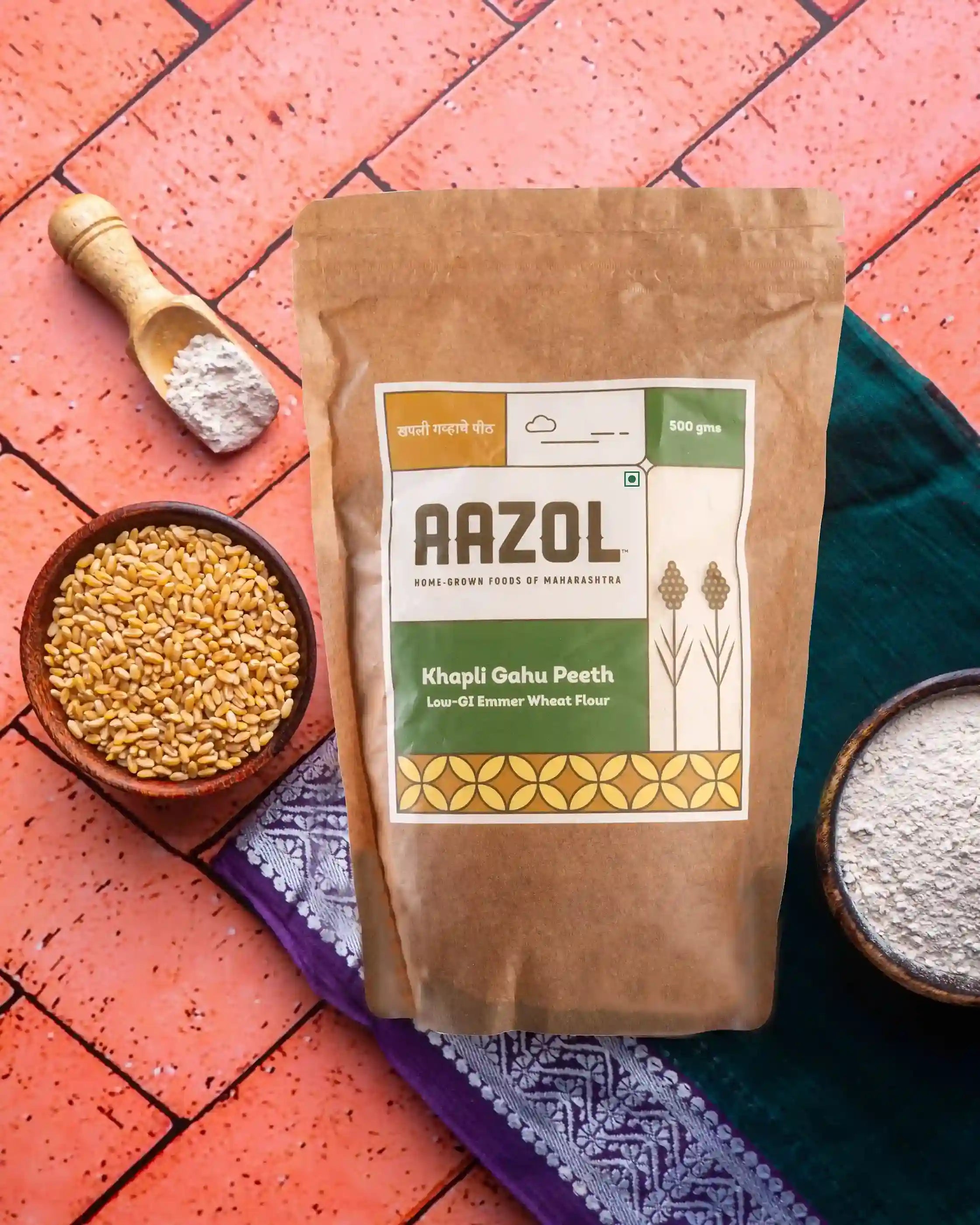
Comments (0)
Your comment may be featured to help others on a similar journey